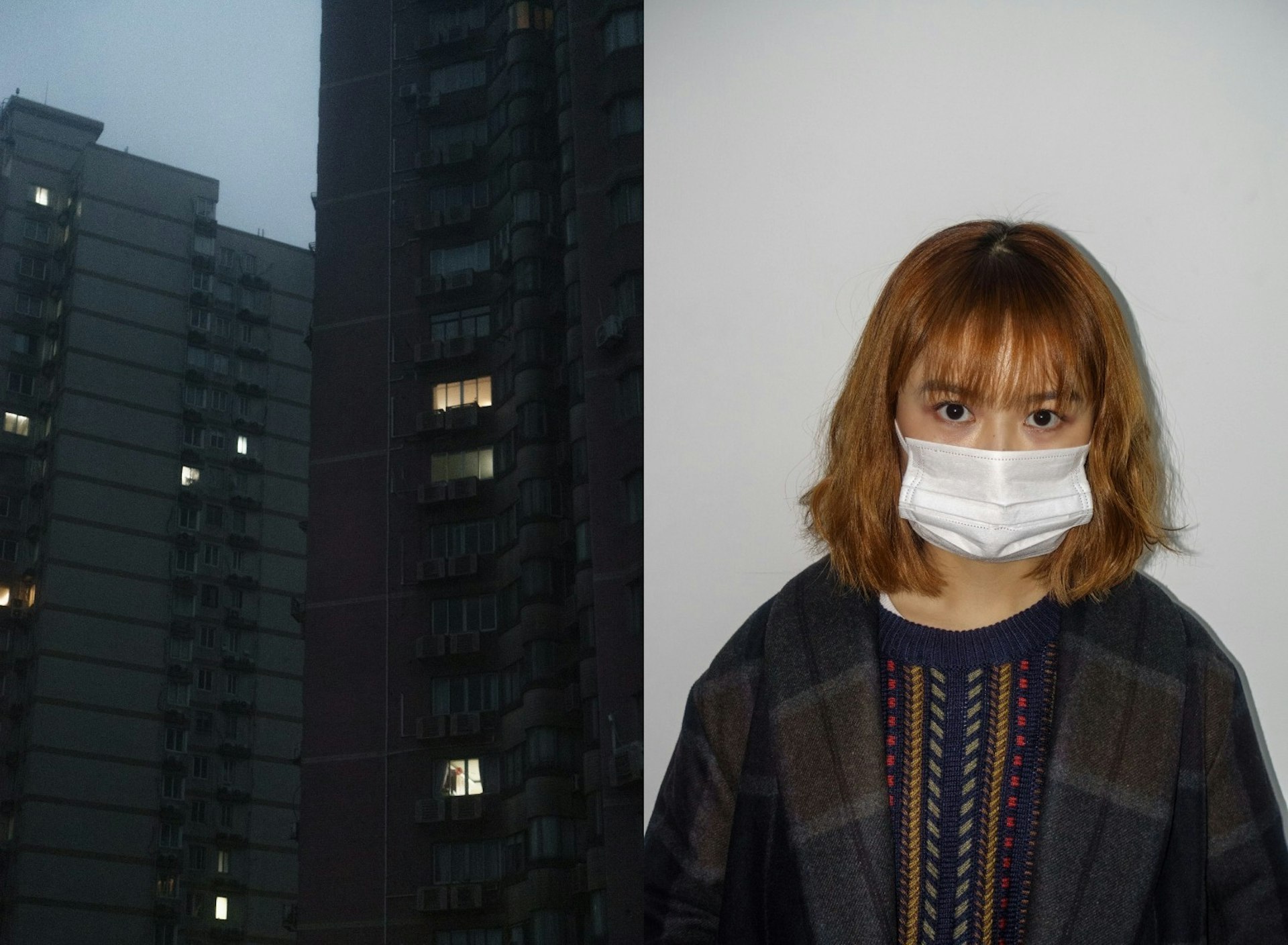
This is 2020: photos that capture our changing world
- Text by Eva Clifford
- Photography by COVID-19 Archive
In the age of COVID-19, we are questioning the things we once took for granted. Basic freedoms have been swept away, public spaces are becoming defamiliarised, and our environments are rapidly evolving to stop the spread of the virus. Actions we previously wouldn’t have given a second thought to, are now loaded with risk.
Faced with an omnipresent threat, we’re beginning to gain a deeper understanding of the interconnections that underlie modern society. Across the globe – even in the most remote regions of the earth – the story is very much the same.
Since news of the virus first emerged over the New Year, James Wrigley and his close friend Jack Springthorpe – who is currently living in China – had been talking about the idea of creating an online archive.
“As the coronavirus travelled across the world, we kept a close eye on the stories and events happening,” says Wrigley. “I started to see images and videos that I thought I would never see in my lifetime.”
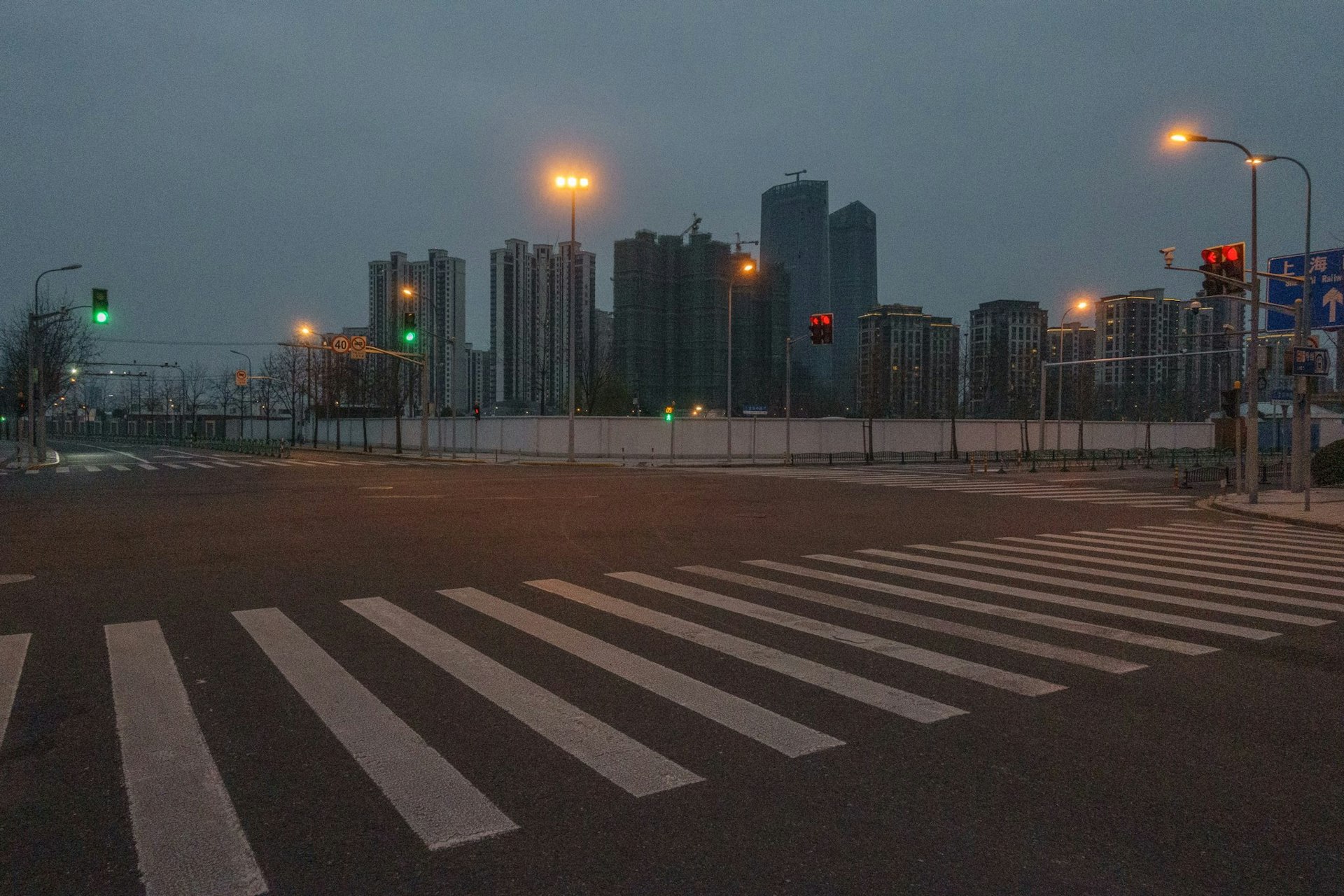
Photo: Jack Springthorpe
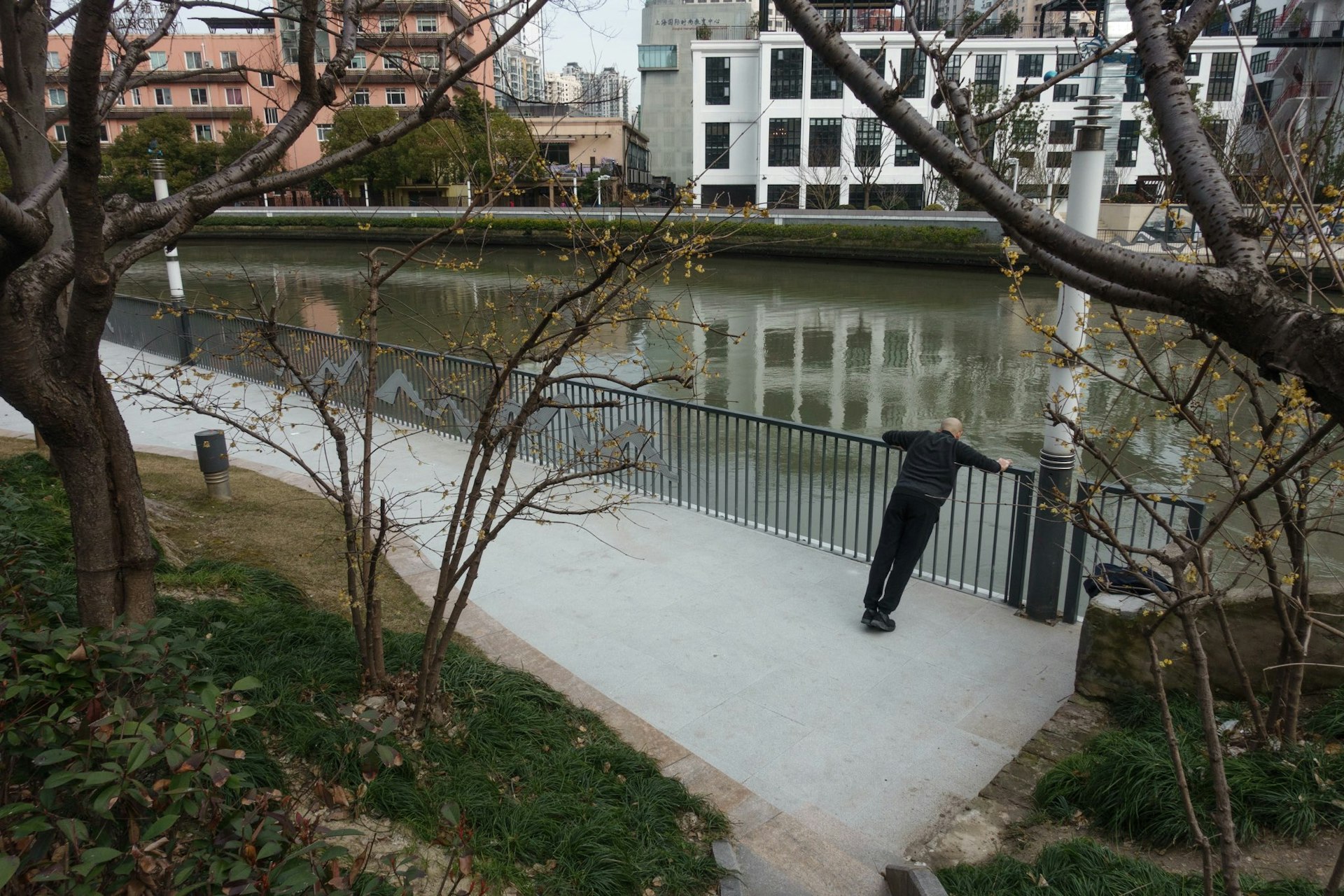
Photo: Jack Springthorpe
“Having been working on Then There Was Us Magazine for the last two years, we have always been connected to documentary photographers and journalists from around the world. Both myself and Jonathan Tomlinson are photographers and graphic designers, and have published collaborative projects before, so we knew we could do it and we felt it was something that needed to happen to help bring all of these photographers together.”
The COVID-19 Archive – which remains open to submissions – features work from countries including Argentina, Russia, Myanmar, Peru, China and Italy. In London, Tommy Sussex captures haunting scenes of temporary morgues being constructed on the city’s fringes. In Istanbul, Oksana Özgür roams the empty streets recording the usually packed squares, malls and mosques. In China’s Sichuan province, Matt Fletcher photographs ‘Scan Man’ in a hazmat suit, who waits to check people’s temperatures in the street. Alongside images, writers share quarantine journals about the impact of Covid-19.
While Wrigley doesn’t think there is anything lacking from mainstream media, he says that some stories can go unreported, or simply get left out of the narrative. “These media are separate and can often ignore those who are going to great lengths to document these stories,” he explains.
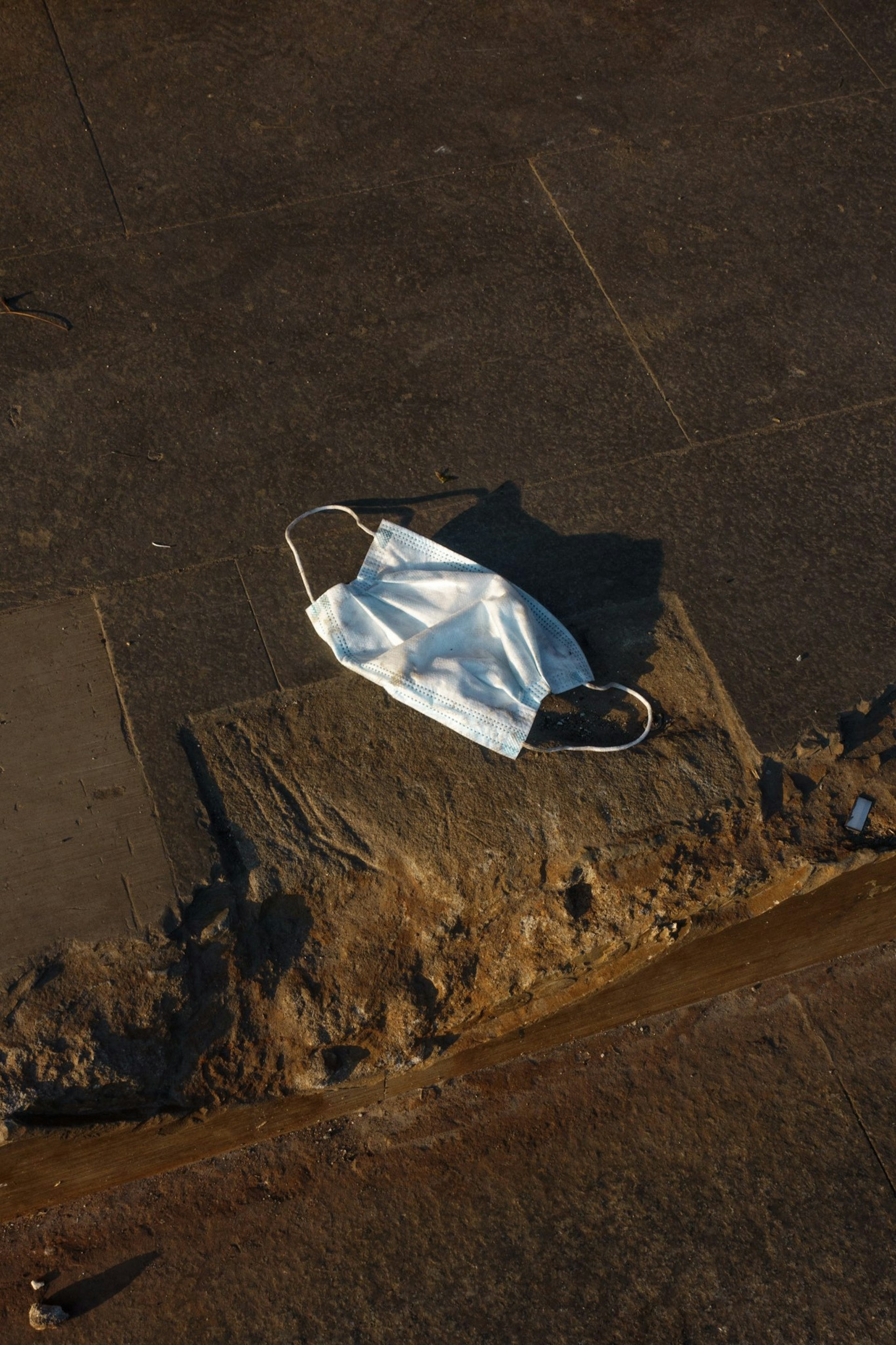
Photo: Jack Springthorpe
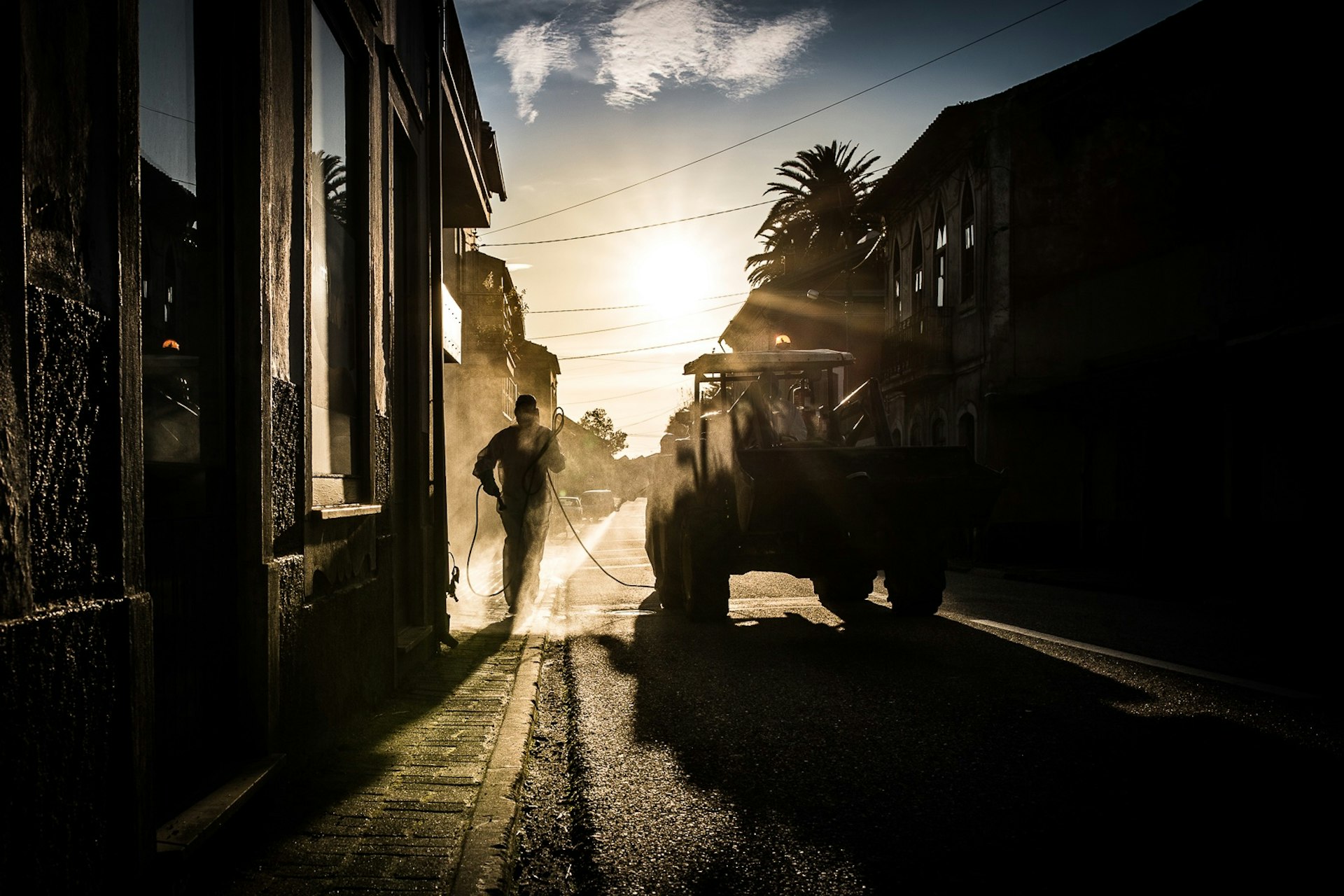
Photo: Nelson Gomes
“Many of the photographers we try to help support with these projects are not world-renowned, yet their work is just as powerful. We want this archive to be a collection of those stories and for people to collaborate during this time.”
He continues: “There are some really interesting stories at play here, the images that we’re receiving are both unique and connect in unexpected ways. What we have noticed is that, no matter where you are in the world right now, the narratives are extremely similar, and play out in the same way.”
Although he says there have been many standout images so far, Wrigley identifies the simple everyday images as the ones that really stick in his mind. “If I had to pick one right now, it would be Tommy Sussex’s image from Shadwell, London,” he says. “Sussex wrote: ‘Due to Covid-19 precautions, these guys had been signed off school the day this picture was taken. Like many teenagers, their GCSE exams and future education during this period is unknown.’”
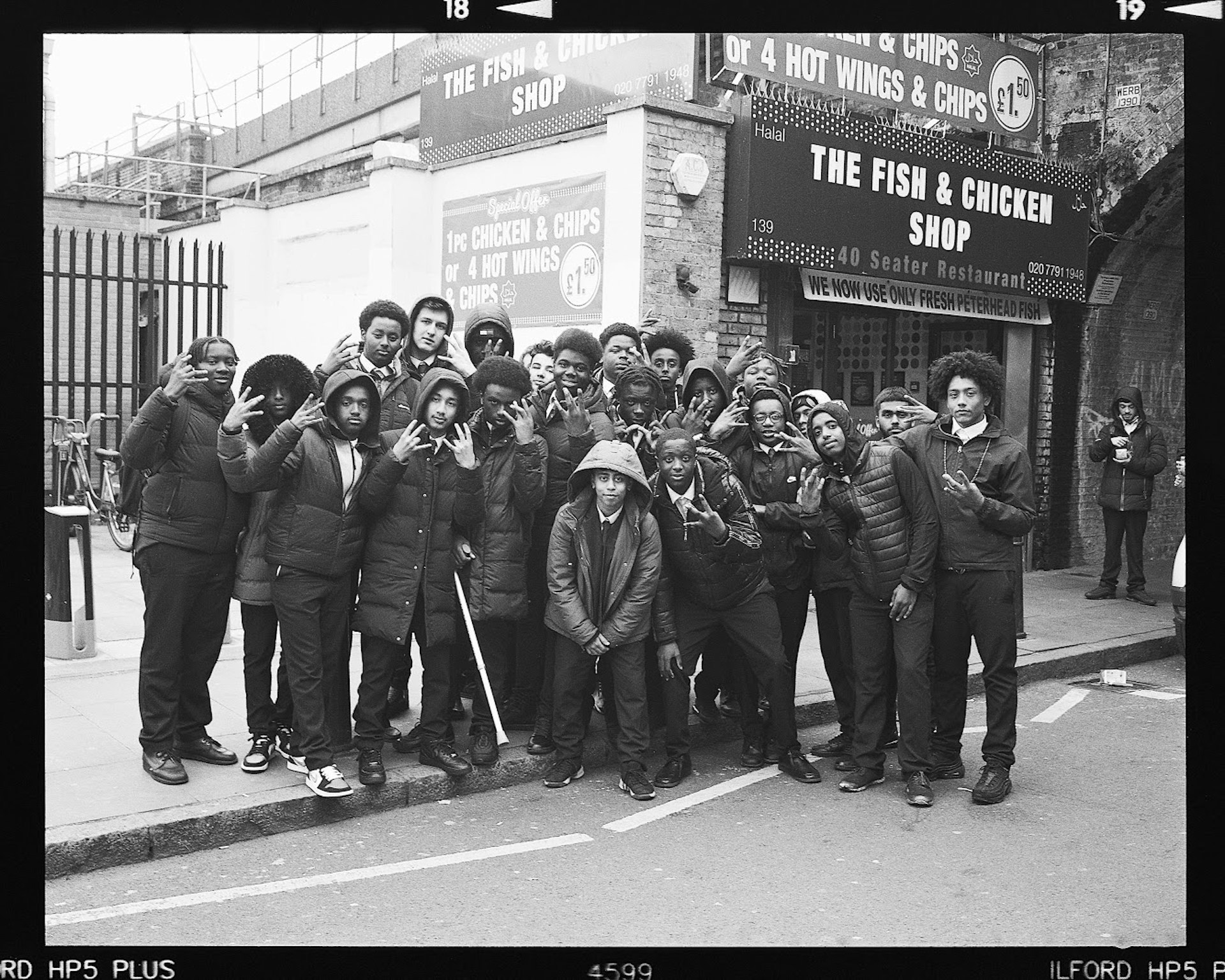
Photo: Tommy Sussex
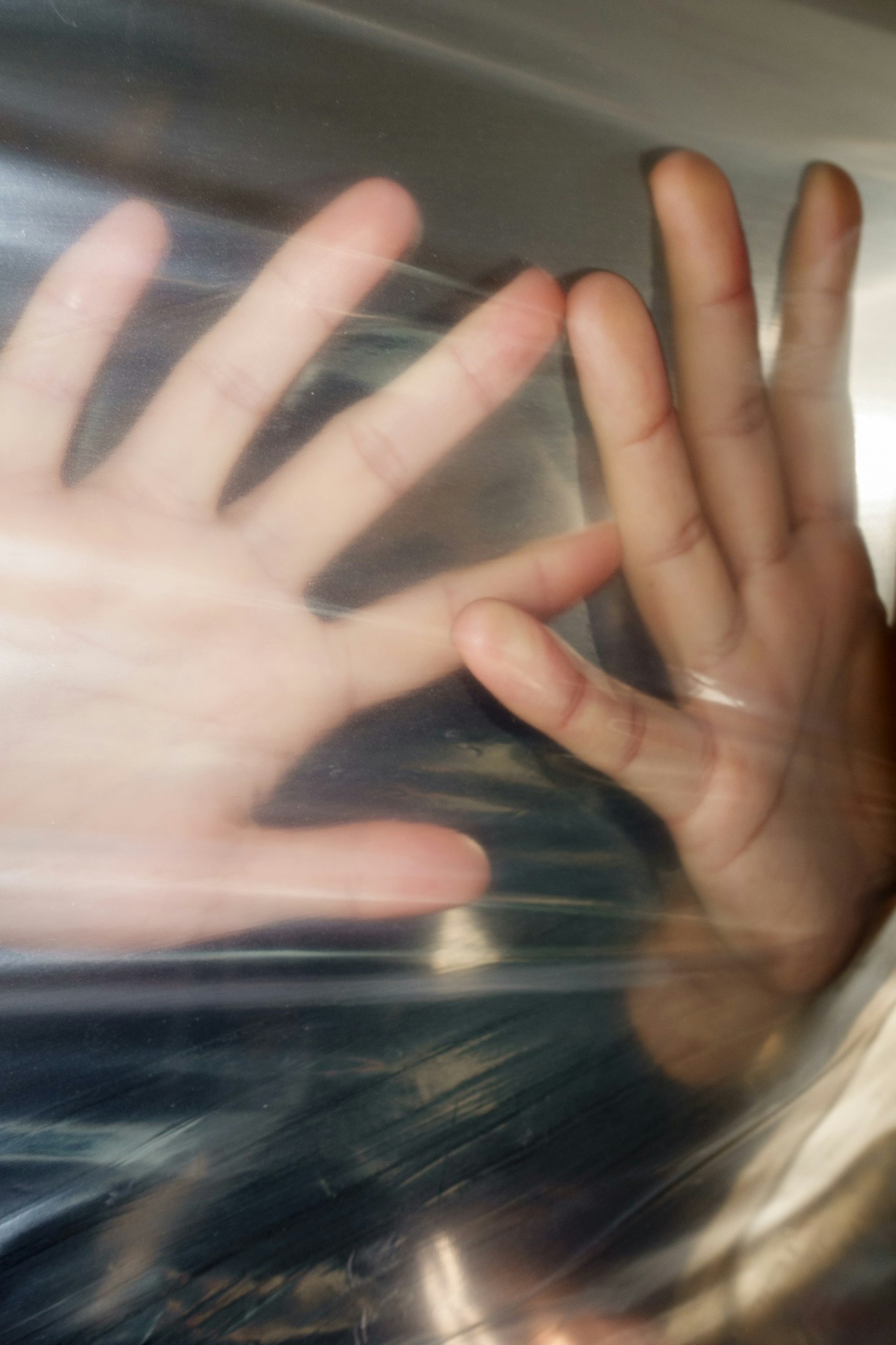
Photo: Jack Springthorpe
“It’s images and narratives like this that really tell the larger story,” he continues. “Of course we all know what is happening; we all see the big stories, but we never get to really see the knock-on effects straightaway. This image is timeless. It shows the character of each of these lads straight away; it’s powerful. I think as this archive builds, we will get to see more stories like this.”
The overarching goal of the archive is that as it grows, it will act as a collaborative retrospective of this event. “We believe that it’s important to collect and gather the work of those who, in the face of such events, are willing to document and record, capturing not just the effects of a pandemic, but the emergent behaviours of our societies across the towns, cities and borders, exploring the detailed narratives that played out,” says Wrigley.
“If nothing else, we hope it’s a place for people to come together during this time and to work on something collectively. This project isn’t about us, it’s about every single person who has contributed and it’s about every single story within the images and the writings.”
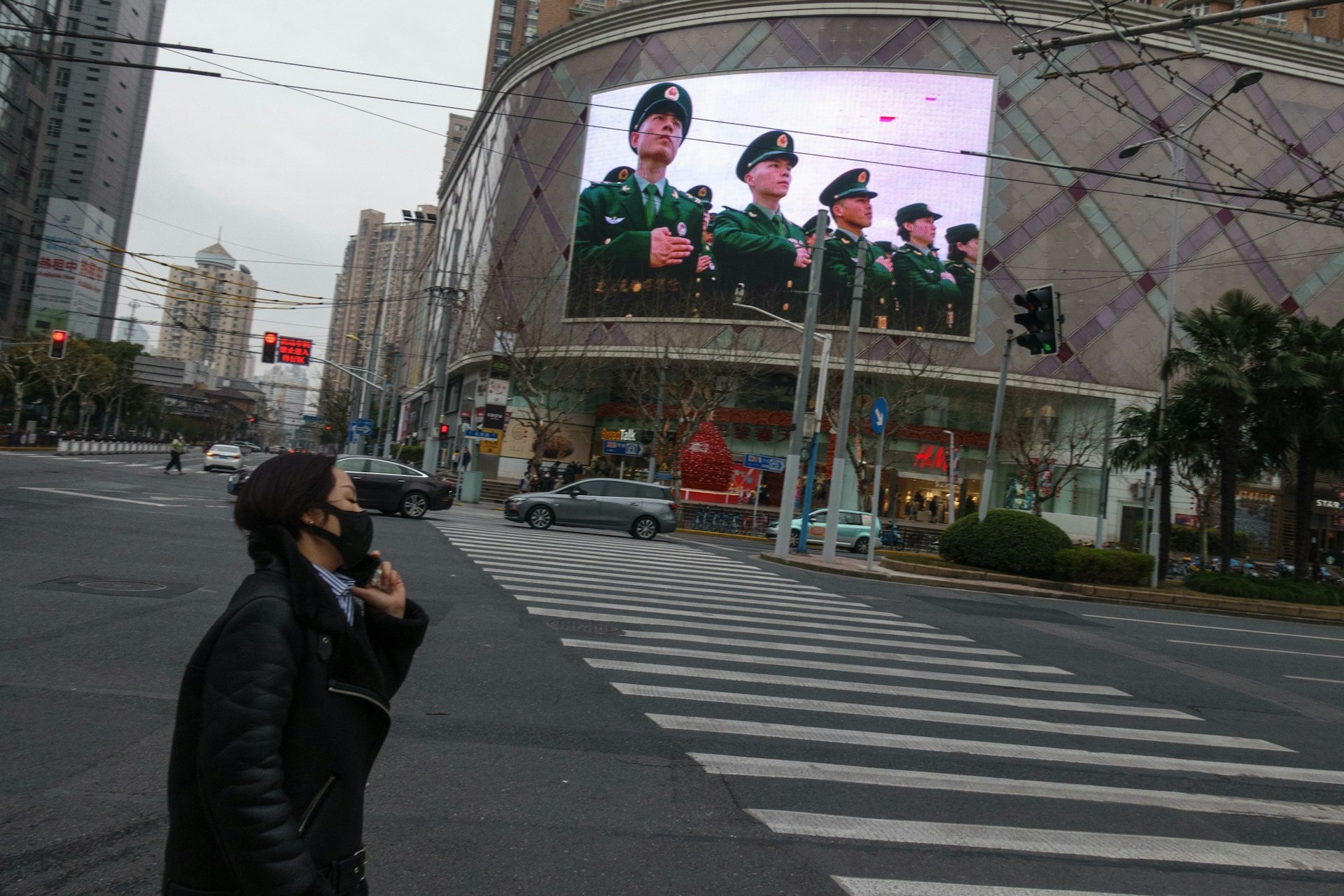
Photo: Jack Springthorpe
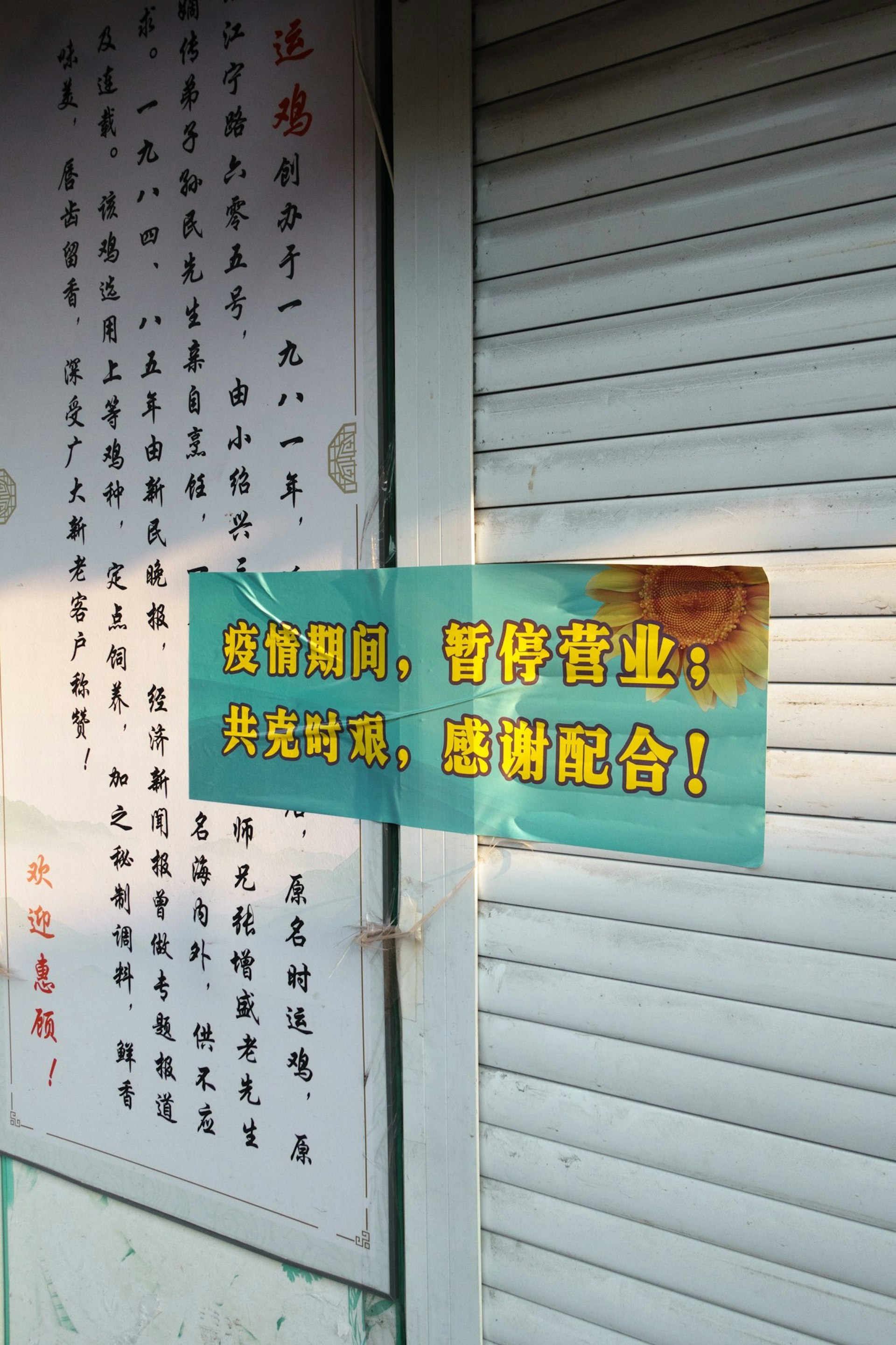
Photo: Jack Springthorpe
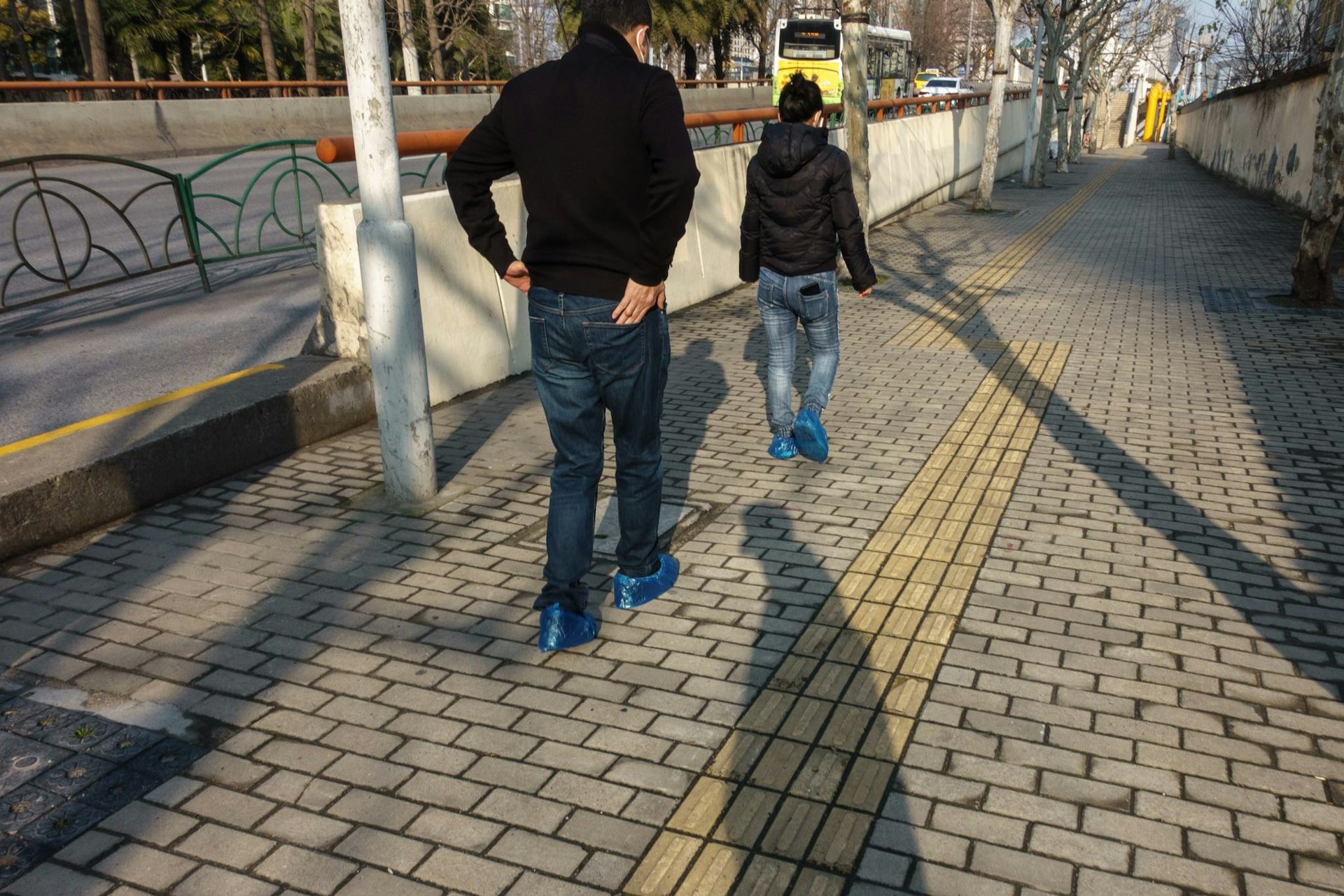
Photo: Jack Springthorpe
See more of the COVID-19 archive on the official website.
Enjoyed this article? Like Huck on Facebook or follow us on Twitter.
